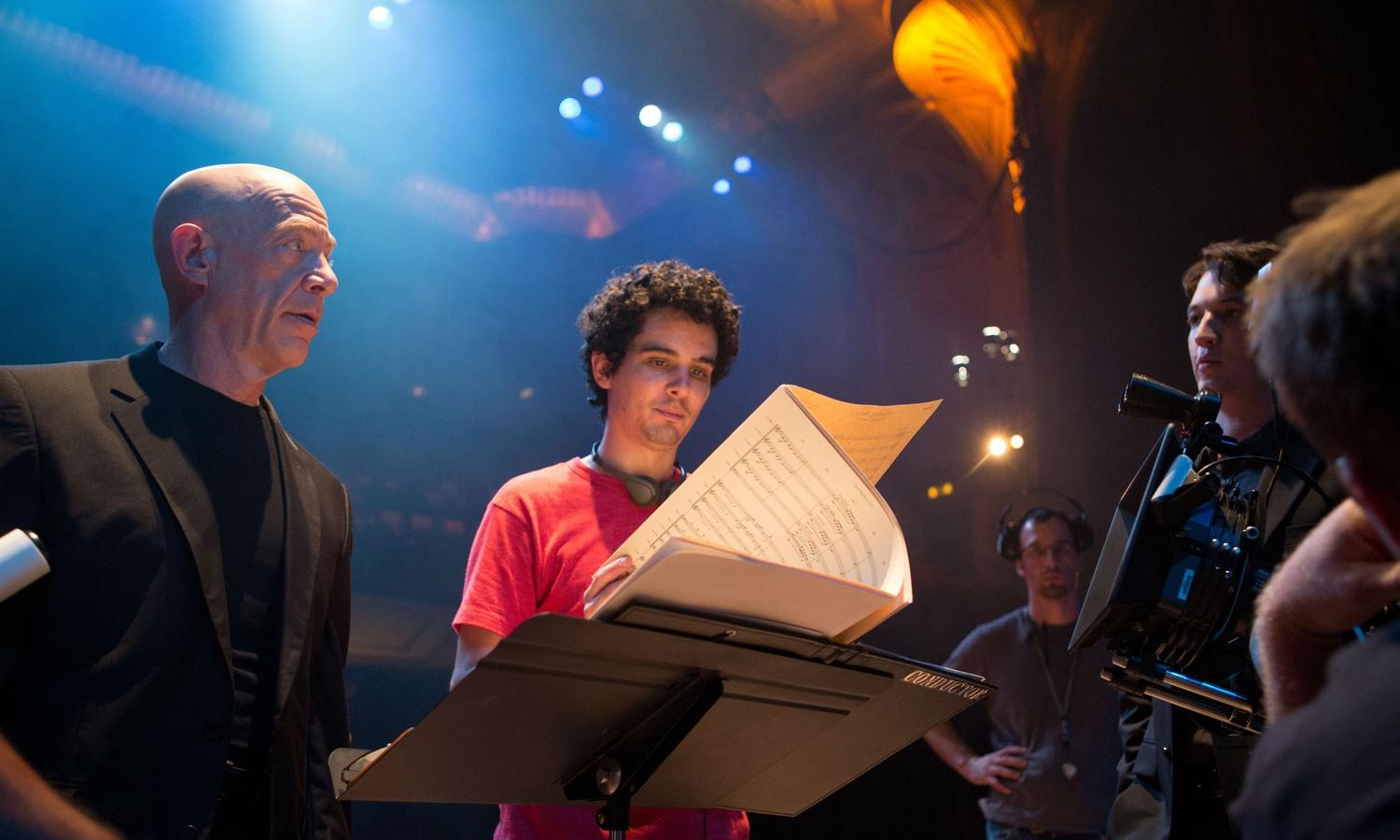Damien Chazelle’s “Whiplash”: How to Make a Perfect Movie Before Turning 30
Before he made a movie, Damien Chazelle was a drummer studying jazz. After college, he wrote a screenplay based on his experience, but there was one big problem: it was about jazz, and no one wanted to fund it. Chazelle had to prove to studios that his story wasn’t an homage to a worthy art form — it was about passion, ambition, and blood.
On paper, Whiplashsounds like a version of Mr. Holland’s Opus: a young jazz drummer is challenged by a demanding band leader. But demanding isn’t the word for J. K. Simmons’ Terence Fletcher; Fletcher cares so much he’s gone off the rails, becoming a sadistic tyrant who would sooner destroy his student than see him settle for “good job.” Whiplash is bloody enough to be rated R — no wonder it acquired the nickname “Full Metal Jazz.” Chazelle was still shy of 30, with only two features under his belt, when he found himself nominated for the Best Picture Academy Award.
Chazelle wanted to make movies since he was a kid, and he knew he had to direct after he trusted the camera to his father. He had choreographed a “stunning” fight scene with his friend that they captured in one take, except that dad had gotten interested in a weird toy in the corner, zoomed in, and missed all the action. He was still cutting his teeth as a young filmmaker when he began Whiplash, which has ambitious sequences and intense performances he had to capture with very little time and money. “The urgency that’s on screen in the final version of Whiplash was maybe due to the urgency that went into making it, the crazy stress. Maybe it wasn’t a movie that should have been made in a luxurious vacuum.”
